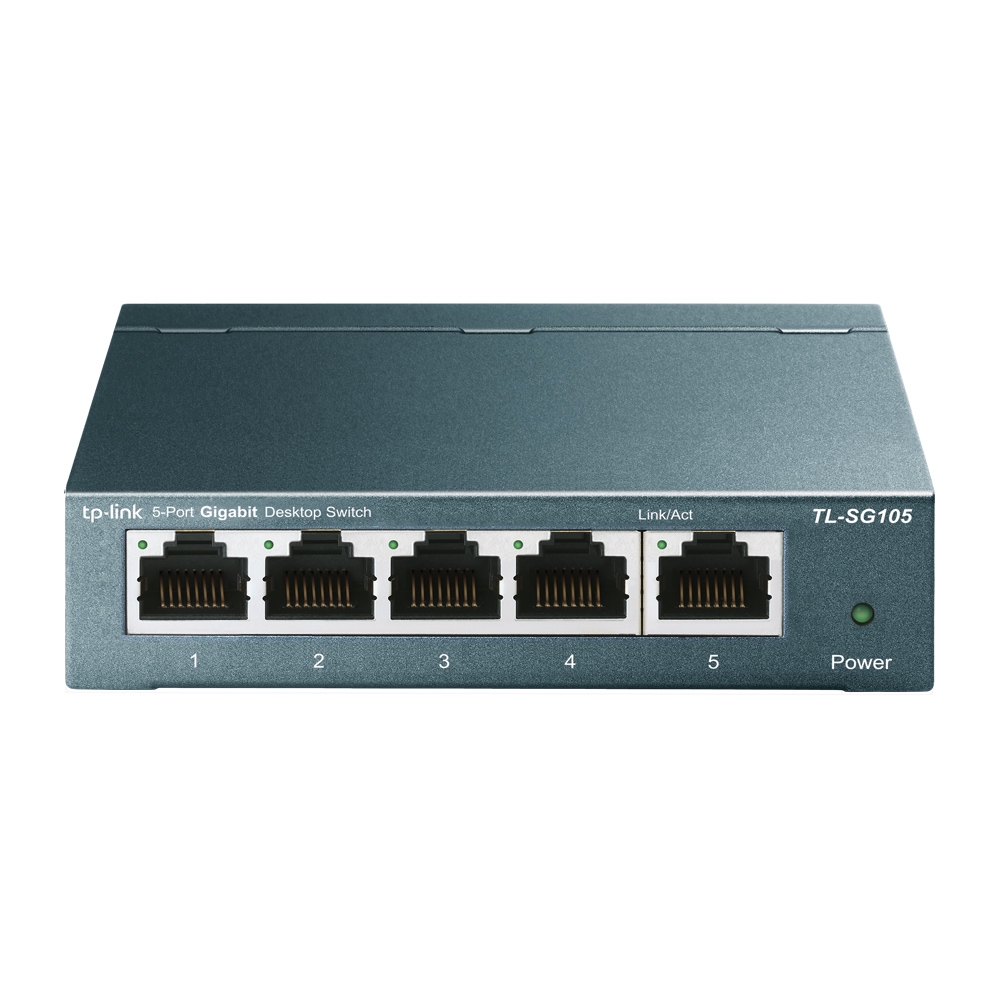Hi all,
I hope i can explain my question well.
I have a TCP/IP network used to interconnect two devices.
The devices are far from each other, i use a fast Ethernet to Fiber Media Converter to convert 100TX to 100FX.
My fiber media converter is only 1 port RJ45 and 1 port Fibre SC; Fibre standard: Multi mode. I want to share internet over Ethernet cable to another device in the same location but using the same Fiber media convert.
Is it possible to do it, means sending 2 datas, TCP/IP and Internet on the same Ethernet networking via fiber optic and connect each RJ45 to his destination device.
Thanks.
I hope i can explain my question well.
I have a TCP/IP network used to interconnect two devices.
The devices are far from each other, i use a fast Ethernet to Fiber Media Converter to convert 100TX to 100FX.
My fiber media converter is only 1 port RJ45 and 1 port Fibre SC; Fibre standard: Multi mode. I want to share internet over Ethernet cable to another device in the same location but using the same Fiber media convert.
Is it possible to do it, means sending 2 datas, TCP/IP and Internet on the same Ethernet networking via fiber optic and connect each RJ45 to his destination device.
Thanks.


